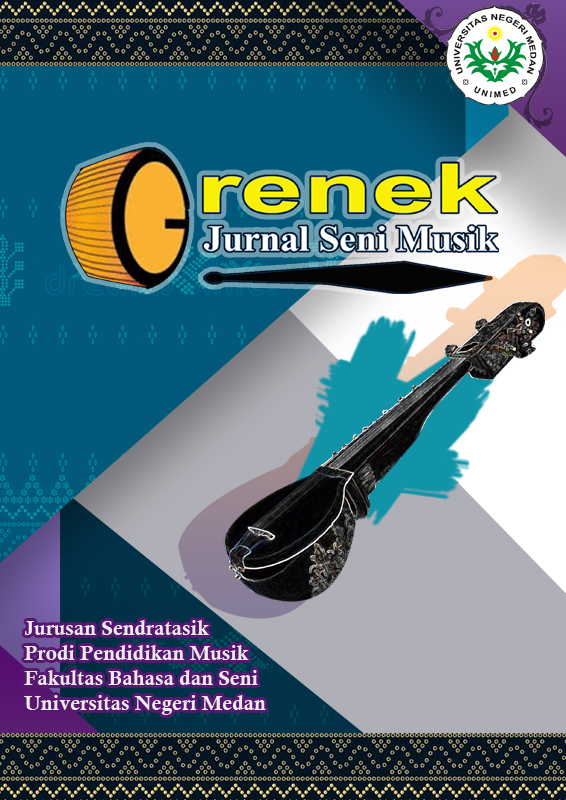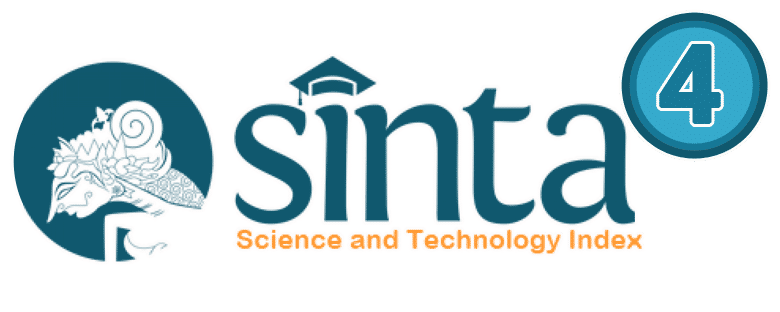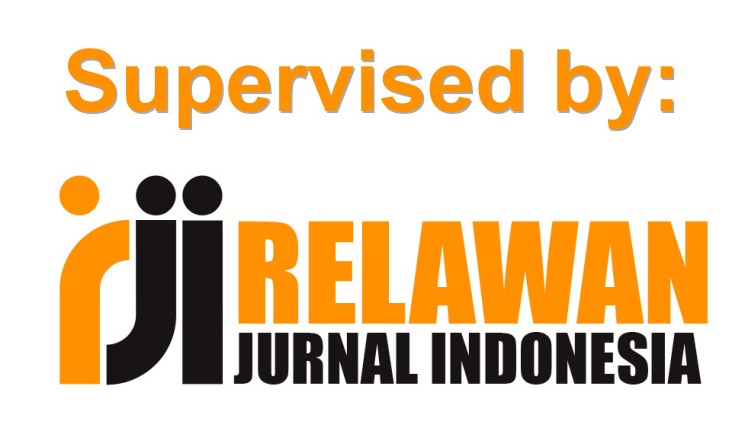Musicological Study: Analysis of Laras Ganda in The Song “Angin” by Mang Koko
DOI:
https://doi.org/10.24114/grenek.v14i1.65601Keywords:
“Angin” Song, Mang Koko, Karawitan Sunda, Laras Ganda, Musical InnovationAbstract
Mang Koko's song “Angin” represents an innovation in Sundanese karawitan that develops a creative and innovative application of laras ganda. This study aims to explore the application of laras ganda, namely the combination of laras salendro and laras madenda in the composition and analyze its impact on the musical dimension and artistic expression. Using a content analysis method based on a qualitative approach, this research utilizes data in the form of sheet music and audio recordings as the main study material. The results of the analysis show that the use of laras ganda in the song “Angin” is systematically designed to present a harmonious and profound transition of atmosphere. The alternation between laras not only enriches the complexity of the musical structure but also strengthens the aesthetic appeal and emotional narrative of the song. This reflects Mang Koko's ability to combine traditional values with musical innovation, making this work relevant in various cultural contexts, both traditional and modern. Thus the laras ganda in the song “Angin” functions as a key aspect in creating a unique diversity of musical colors while affirming the position of Sundanese karawitan as a dynamic, adaptive and progressive art in facing the challenges of the times.References
Abizar, A.S. (2022). Kawih Gaya Mang Koko. Yogyakarta: Jejak Pustaka.
Atmadibrata, E. (2006). Khazanah seni pertunjukan Jawa Barat. Bandung: Dinas Kebudayaan dan Pariwisata Jawa Barat.
Burred, J. J., Haller, M., Jin, S., Samour, A., & Sikora, T. (2008). Audio content analysis. Semantic Multimedia and Ontologies: Theory and Applications, 123–162.
Dedy, H. (2005). Pengantar karawitan Sunda. Pusat Penelitian dan Pengembangan Pendidikan Seni Tradisional, Universitas Pendidikan Indonesia.
Fausta, E., & Aji, A. S. (2023). Garap Lagu Baju Héjo: Dampak Adaptasi Salendro 15 Nada Pada Angklung Pentatonis Ragam Laras. Kêtêg Jurnal Pengetahuan, Pemikiran Dan Kajian Tentang Bunyi, 22(2), 221-236.
Gunawan, I., Milyartini, R., & Masunah, J. (2022). The Use of Laras in Contemporary Gamelan Music.Harmonia: Journal of Arts Research and Education, 22(1), 161–173.
Herdini, H. (2012). Estetika Karawitan Tradisi Sunda. Panggung, 22(3), 256-266.
Herdini, H. (2014). Perkembangan karya inovasi karawitan Sunda tahun 1920-an-2008. Bandung: Sunan Ambu Press.
Koswara dkk, T. B. (1992). Pembaharu Karawitan Sunda “Mang Koko” (Haji Koko Koswara). Bandung : Yayasan Cangkurileung Pusat.
Krippendorff, K. (2019). Content Analysis: An Introduction to Its Methodology. America: Sage publications.
Kusumadinata, M. A. (1969). Ilmu Seni Raras. Djakarta: Pradnja Paramita.
Maulana, M. R., & Sutanto, T. S. (2024). Laras and Surupan in the Song Panghudang Rasa by Eutik Muchtar: a Study of Sundanese Kepesindenan. Gondang: Jurnal Seni Dan Budaya, 8(2), 355–366.
Munandar, U. (2009). Pengembangan kreativitas anak berbakat (3rd ed.). Jakarta: Rineka Cipta.
Ratnaningtyas, E. (2022). Metodologi Penelitian Kualitatif. Aceh: PT. Global Eksekutif Teknologi.
Ruswandi, T. (2016). Kreativitas Mang Koko Dalam Karawitan Sunda. Panggung: Jurnal Ilmiah Seni Dan Budaya, 26 No. 1(1), 92–107.
Ruswandi, T. (2020). Mang Koko Dalam Inovasi Gamelan Salendro. Jurnal Paraguna, 7(2407–6716), 49–59.
Ruswandi, T. (2021). Kreativitas Mang Koko Dalam Sekar Jenaka Grup Kanca Indihiang. Jurnal Budaya Etnika, 5(1), 3.
Ruswandi, T. (2022). Pandangan Mang Koko Dalam Berkesenian. Paraguna, 212, 203–204.
Saepudin, A. (2015). Laras, Surupan, dan Patet dalam Praktik Menabuh Gamelan Salendro. Resital: Jurnal Seni Pertunjukan, 16(1), 52-64.
Saiful, A. A., & Sukmayadi, Y. (2023). Guntur galunggung song: text and symbolic meaning review. Dewa Ruci: Jurnal Pengkajian Dan Penciptaan Seni, 18(2), 95–112.
Satriana, R., Haryono, T., & Hastanto, S. (2014). Kanca Indihiang sebagai Embrio Kreativitas Mang Koko. Resital: Jurnal Seni Pertunjukan, 15(1), 32–42.
Setiawan, H. (2004). Sang Komponis: Nano S. 60 Tahun. Jakarta: Dunia Pustaka Jaya.
Soepandi, A., Sukanda, E., & R, U. K. (1998). Ragam cipta: mengenal seni pertunjukan daerah Jawa Barat. Bandung: Beringin Sakti.
Sopandi, C. (2015). Gamelan Selap pada Wayang Golek Sunda. Jurnal 2(1), 26–40.
Subandi. (2011). Deskriptif Kualitatif sebagai Salah Satu Metode Penelitian Pertunjukan. Harmonia, 11(2), 173–179.
Suparli, L. (2010). Gamelan Pelog Salendro-Induk Teori Karawitan Sunda. Bandung: Sunan Ambu Press.
Supriatna, N., & Sutanto, T. S. (2010). Belajar Menabuh Gamelan Salendro. Bandung: Bintang WarliArtika.
Upandi, P., & Hadi, Y. S. (2011). Gamelan salendro: gending dan kawih kepesindenan lagu-lagu jalan. Bandung: Lubuk Agung.
Weintraub, A. N. (2001). Instruments of Power: Sundanese “Multi-Laras” Gamelan in New Order Indonesia. Ethnomusicology, 45(2), 197.
Downloads
Published
Issue
Section
License
Copyright (c) 2025 Marsel Ridky Maulana, Raffa Arya Saputra , Diynan Prayuga Sutisna , Alfin Pradinata Kartono P

This work is licensed under a Creative Commons Attribution-ShareAlike 4.0 International License.
Authors published with the Grenek: Jurnal Seni Musik agree to the following terms:
- Authors retain copyright and grant the journal the right of first publication with the work simultaneously licensed under a Creative Commons Attribution License (CC BY-SA 4.0) that allows others to share the work with an acknowledgment of the work's authorship and initial publication in this journal.
- Authors are able to enter into separate, additional contractual arrangements for the non-exclusive distribution of the journal's published version of the work (e.g., post it to an institutional repository or publish it in a book), with an acknowledgment of its initial publication in this journal.
- Authors are permitted and encouraged to post their work online (e.g., in institutional repositories or on their website) prior to and during the submission process, as it can lead to productive exchanges, as well as earlier and greater citation of published work. (See The Effect of Open Access)








